Author Recent Posts Asfand Yar Khan Latest posts by Asfand Yar Khan (see all) Outcomes of the Shanghai Cooperation Organisation Heads of Government Summit – October 28, 2024 Deliberations and Outcomes of the 79th Session of the UNGA – October 11, 2024 SCO in Pakistan: Can it bring Normalcy in Indo Pak Relations? – September
The rise in terror related incidents in Pakistan highlights Islamabad’s failure to implement the National Action Plan and also the absence of clarity in Pakistan’s Afghanistan policy. For nearly two decades, TTP had spread terror in the country with horrendous attacks targeting minorities, sectarian minorities, universities, schools, government and military installations. The deadliest attack conducted by the TTP was the 2014 massacre of APS children and faculty members in Peshawar. Despite successive military operations, mostly in the north west frontier regions, the threat of TTP could not be eliminated. Instead, the threat subsides and resurges after the operation. Since 2007, Pakistan has tried to negotiate with the terrorist organization, and also has tried to deal with it with an iron fist.
The surge in terrorist attacks highlights the fresh wave of terror. The two provinces of Baluchistan and Khyber-Pakhtunkhwa are once again vulnerable to TTP onslaught as it hits back with latest ‘American’ weaponry. TTP’s ideological ties and kinship with the Afghan Taliban has helped them find safe heavens and launching pads in Afghanistan. Pakistan’s response has mostly been diplomatic with the exception of recent instance where airstrikes were conducted against TTP hideouts inside Afghanistan. Kabul, instead of targeting TTP hideouts, has repeatedly responded by hurling counter accusations. Pakistan, on the other hand registered its displeasure by expatriating millions of Afghan Refugees.
The reemergence of TTP few months after every operation also points out Pakistan government’s incapability to put in force long term sustainable actions to curb militancy as enshrined in the National Action Plan (NAP), NISP, and the NSP. Despite the merger of erstwhile FATA into Khyber Pakhtunkhwa as a result of 21st constitutional amendment, merged districts did not get any prosperity. Moreover, the implementation of National Action Plan, which was supposed to be Pakistan’s foremost mechanism to curb militancy, has been rested on backburner with no real efforts by successive governments. Pakistan Army led border fencing also seems to have failed to achieve desired results too as Pak Afghan Border remains porous and infiltration of militants from across the border has not lowered. Should Pakistan rethink its counter terrorism strategy vis-à-vis TTP, or should we just rely on honest implementation of NAP, NISP, and NSP?
All attempts to hold talks with the TTP have crumbled time and again. Looking at the demands of TTP and the means they have opted to achieve them, there exists no possibility for the state to hold dialogue with the terrorist outfit. Their ideology that disregards the constitution and state’s writ in erstwhile FATA can only by curbed by using the military option. Islamabad’s will to hold dialogue time and again with the TTP has only displayed weakness and frustration. Pakistan has no other option but to use force against the TTP even if it triggers the Afghan Taliban. Pakistan’s recent airstrikes inside Afghanistan was a gesture of aggression and these gestures should not just stop here. It should be made clear to Kabul that any help to the banned TTP would be equal to waging war against Pakistan.
We learn from history that the TTP had come out stronger and deadlier every time government negotiated with them or showed such an intent. A strong military operation backed by the government and citizens such as the Zarb e Azb has always put the TTP on backfoot, causing significant reduction in terrorist attacks. Somehow, Pakistan has not been able to yield the results of successful military operations, allowing the TTP to resurge and gain their foothold again. Restructuring and rebuilding phase is where governance comes into play, where holistic options enshrined in the National Action Plan such as reforms in the judicial system, madrassa regulation and measures to curb hate speech and terror financing have to be implemented robustly. This is where we actually fail after successful military campaigns.
The inconsistency and discontinuity of Pakistan’s Afghanistan policy is also to be blamed for TTP’s continuing resurgence. In the years following 2001, Pakistan not only fought for the interests of US and its allies, but also gave immense sacrifices. Our shift from backing the Afghan Mujahideen (Taliban) against the Soviets in the 80s from fighting against them as US’s important non-NATO allies to backing their struggle for ‘freedom’ again in recent years cost us billions of dollars and nearly 70 thousand lives. We have also failed to deter or negotiate with the sponsors of TTP and Baloch insurgent organizations. At the diplomatic front, Pakistan has been failing to reverse Indian narrative that calls Pakistan ‘state sponsoring terror’. We have failed to make the international community realize that we are the victims of what we are blamed for, that is, state sponsored terror. There are more terrorist organizations targeting Pakistan than any other country in the region, then how is Islamabad blamed for exporting terror? Policy shifts complicating situation. (Add few lines).
- Outcomes of the Shanghai Cooperation Organisation Heads of Government Summit - October 28, 2024
- Deliberations and Outcomes of the 79th Session of the UNGA - October 11, 2024
- SCO in Pakistan: Can it bring Normalcy in Indo Pak Relations? - September 26, 2024

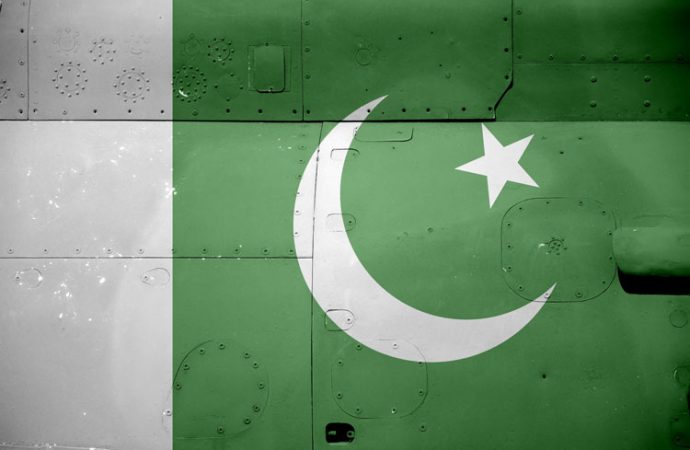
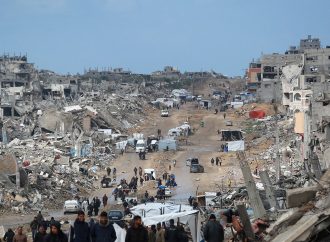
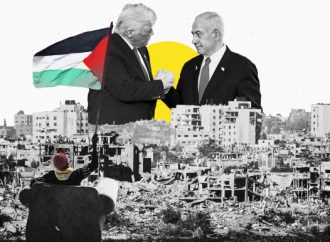

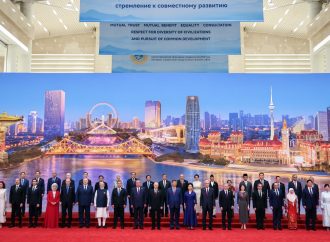
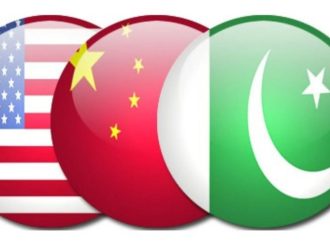
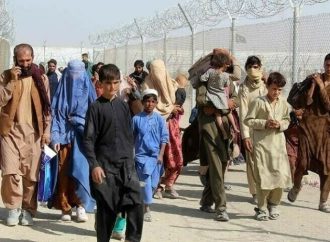

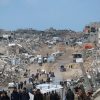
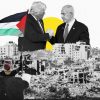

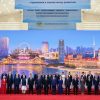
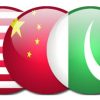








Leave a Comment
Your email address will not be published. Required fields are marked with *